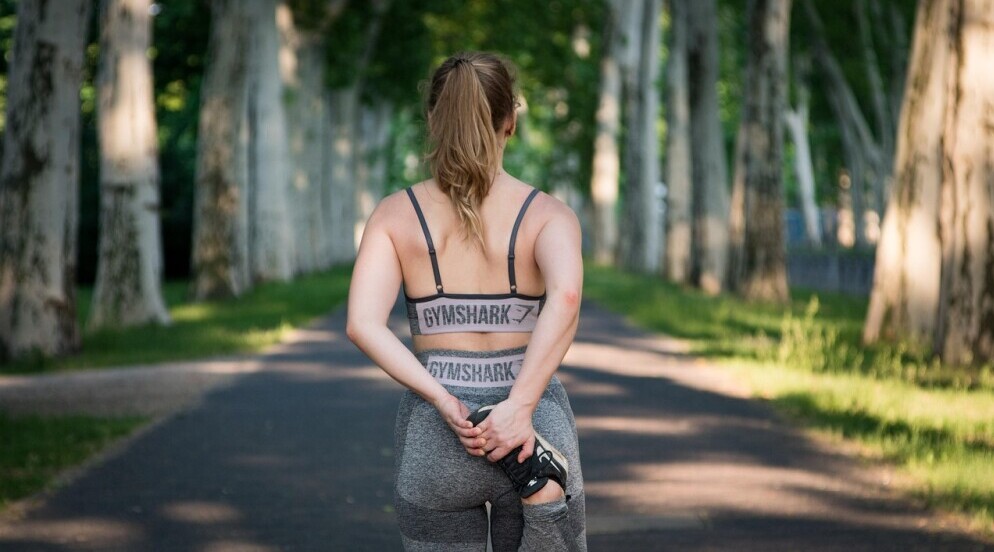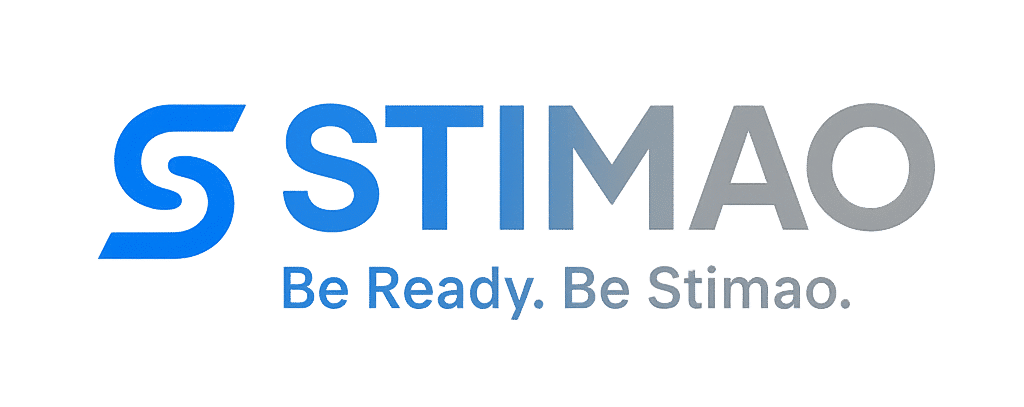
Finding ways to prepare your body and mind for an upcoming workout can significantly enhance your performance, and that’s where the crucial role of warm-up comes in. A warm-up isn’t just some trivial beginning to your workout session. It’s your safety net, your chance to shake off the cobwebs and get your body primed for action.
So, what exactly is a warm-up? Think of it as a gentle introduction to more vigorous activities. It typically involves light cardio—like jogging or brisk walking—followed by dynamic stretches. It ramps up your heart rate, sends more oxygen to your muscles, and gets your blood flowing. Essentially, it’s like telling your body, ‘Hey, get ready, something big is about to happen!’
But the benefits aren’t just physical. Getting into the right headspace is half the battle won. It gives you a calm moment to focus, easing away pre-workout jitters and boosting your confidence. Studies have shown that a mental warm-up can be just as important for physical performance as the physical warm-up itself.
From preventing injuries to enhancing flexibility, warming up is your first line of defense against workout mishaps. A proper warm-up increases your range of motion, making those tricky movements easier and safer. Muscles become more elastic, and joints start to loosen up, setting the stage for a smooth and effective workout.
Skipping this essential step? That’s a risk not worth taking. Without warming up, you increase the chance of straining your muscles or misjudging a movement, leading to potential injuries. It’s like trying to sprint on icy roads—you’re walking on thin ice if you don’t warm up!
By embracing the power of a good warm-up, you’re not just preparing your body; you’re gearing up your mind and spirit, too. So before you hit those weights or sprint the track, give warming up the attention it deserves. Your body will thank you, and your performance will soar.
The Essentials of Cooling Down Post-Workout
Wrapping up any exercise session with a thoughtful cool-down is like giving your body a well-deserved round of applause. Cooling down isn’t just hitting pause; it’s an essential process that helps your body to transition back to normalcy after the heart-pounding action of a workout.
So, what exactly is cooling down? Imagine it as gently reining in the energy you’ve unleashed. A typical cool-down involves light activity—such as slow walking or gentle stretching. This gradual reduction in intensity helps ease your heart rate back to its resting state, preventing any abrupt shocks to your system.
The main goal is all about prevention. Cooling down works wonders in keeping muscle soreness and tightness at bay. When the high-intensity workout ends, the buildup of lactic acid in your muscles naturally needs to disperse. A good cool-down helps clear that out, sparing you from waking up the next day feeling stiff as a board.
Here are some top-notch benefits. First, you get a jumpstart on recovery—a smooth cool-down speeds up the removal of metabolic waste in your muscles. Then, there’s improved flexibility to think about. It might sound surprising, but those few post-workout stretches really help maintain and even grow your range of motion.
Another benefit is that it settles your mind and body. It provides that cherished moment of calm reflection despite the adrenaline rush, balancing your circulation and cooling your jets. Plus, for those who monitor fitness levels, it safely regulates a steady drop in heart rate too.
Science doesn’t lie—cooling down deserves the spotlight. Research backs its role in enhancing relaxation and easing the transition from intense exertion. In the world of fitness, it’s not just an afterthought but a smart, necessary step towards holistic exercise.
Integrating Warm-Up and Cool-Down: Best Practices for Optimal Performance
Incorporating both warm-up and cool-down exercises in your routine can elevate your fitness game to another level. It’s not about choosing between the two but about crafting a unified approach that safeguards your body and maximizes your workout gains.
Putting these practices into action requires a bit of planning but pays off with better performance and reduced risk of injuries. A structured routine ensures you’re getting the most out of every minute spent exercising. It starts with warming up to wake up your muscles and prepping your joints, followed by an engaging main workout, and closes with cooling down to ease your body back to its pre-exercise state.
Finding that sweet spot of time and intensity is key. No one-size-fits-all here—adjust the duration and type of warm-up and cool-down according to your personal fitness level and workout intensity. Got a high-octane sprint ahead? Opt for a longer and more dynamic warm-up. Planning a leisurely jog? A brief routine could do the trick.
Different activities call for varying approaches. Tailor your pre and post-session techniques based on the sport or workout you’re gearing up for. For instance, runners might focus on leg stretches and dynamic sprints, while swimmers benefit from shoulder and hip rotations.
An engaging warm-up and cool-down keeps you motivated, while consistency is the golden rule. The more regular and tailored these practices are, the more your body will adapt and respond effectively. Catering to personal needs ensures that all areas are covered—from flexibility to strength adjustments—resulting in a smart, safe, and successful workout every single time.





